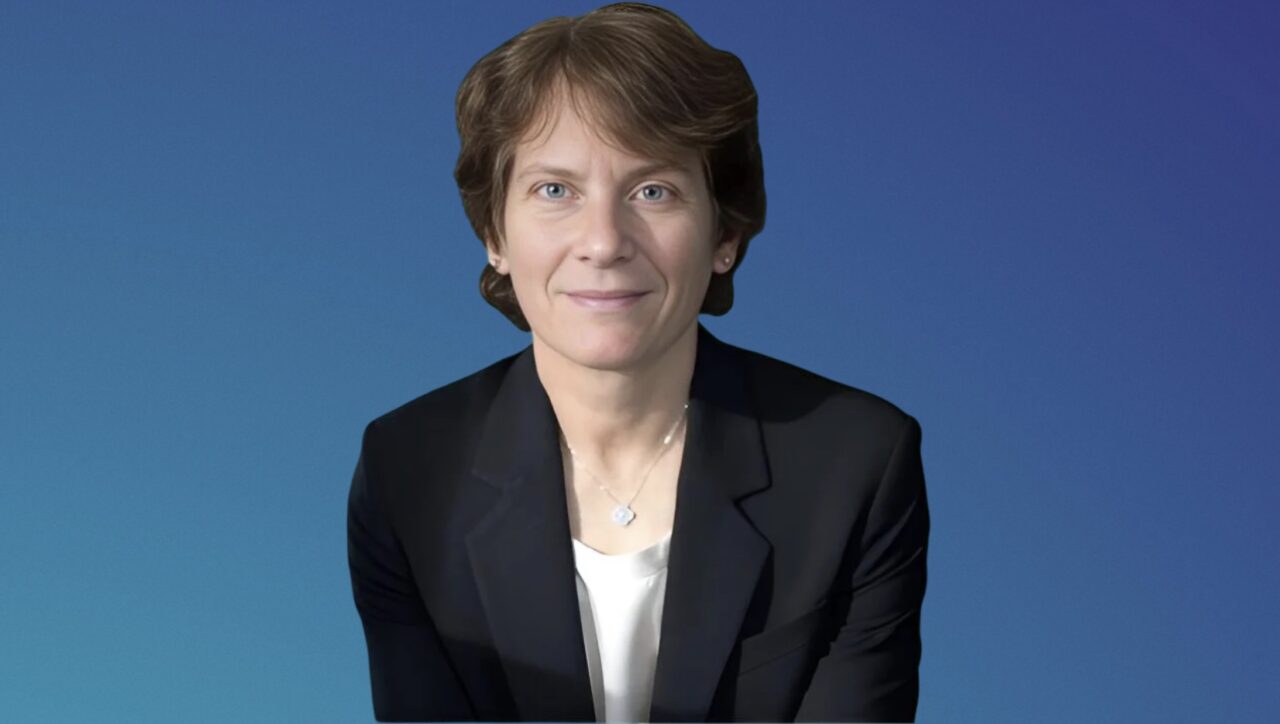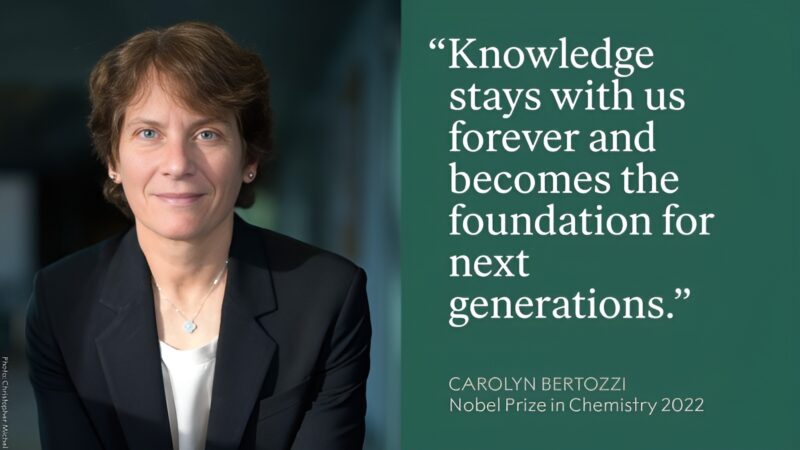
2022 Chemistry Laureate Carolyn Bertozzi Shares Inspiring Advice for Young Scientists
The Nobel Prize recently shared an encouraging post on LinkedIn:
”A personal message from 2022 chemistry laureate Carolyn Bertozzi to all young researchers on why to aspire to a career in science:
‘I would want to share with them how a life in science is incredibly rewarding. It is rewarding because it is creative. You are discovering knowledge and gifting that to humanity for all of posterity. Once you learn something no one can take that away. It is not an object. It is an intellectual currency that will be shared throughout the generations. And you created that. It has a permanence that ironically a physical object doesn’t have. You can paint a painting, but eventually it will fade. But knowledge doesn’t fade. Knowledge stays with us forever and it becomes the foundation for the next generations.’ ”
In this personal message to aspiring researchers, Nobel laureate Carolyn Bertozzi emphasized the creativity and lasting impact of a life in science.
She encourages young scientists to pursue discovery, highlighting that knowledge is a permanent gift to humanity, unlike physical creations that may fade over time.
Carolyn Bertozzi describes scientific knowledge as an intellectual currency that endures across generations, forming the foundation for future discoveries.

More winner stories in the field of Science featured in Hemostasis Today.
-
Nov 4, 2025, 09:26Courtney Lawrence: One of Our Most Popular American Red Cross SUCCESS Talks is Just Around the Corner!
-
Nov 4, 2025, 09:21New Study by Emmanuel J Favaloro and Team Questions Consistency in APS Classification and Diagnosis
-
Nov 4, 2025, 09:20Yazan Abou Ismail to Present Insights on AI Models in TTP at 67th ASH Annual Meeting
-
Nov 4, 2025, 09:17David Calvet Canut on Takeda's HyHub: A Shift Toward Patient-Centered Biologics
-
Nov 4, 2025, 09:16Samantha Nelson Encourages You to Share Your Experience on World Thrombosis Day
-
Nov 4, 2025, 08:57Toluwalase Awoyemi: Digital Health Meets Maternal Heart Care
-
Nov 4, 2025, 08:53Rebecca Ahrens Nicklas Shares FDA Interactions on Interventional Genetics with The Rare Disease Community
-
Nov 3, 2025, 09:13Claudio Carrubba on How Timing Truly Matters in Trauma Embolization
-
Nov 3, 2025, 08:57Multiplex Apolipoprotein Panel Boosts Cardiovascular Risk Prediction and Precision Therapy
-
Nov 3, 2025, 08:46Rachel Lamerton and Colleagues on Activation of Platelets in Flow Cytometry
-
Nov 4, 2025, 09:10OCCUPI Trial Analysis Highlights Benefits of OCT Guidance in ACS Patients
-
Oct 29, 2025, 07:31The Use of Artificial Intelligence to Improve Detection of Acute Incidental Pulmonary Emboli - JTH
-
Oct 29, 2025, 07:05Shrinidhi Nathany: AI in Diagnostic Medicine
-
Oct 28, 2025, 07:02Aya Berman: AI Model for Predicting Bacteremia
-
Oct 28, 2025, 06:55The New Era of Genomics, AI and Cell Therapy in Hematology and Infectious Diseases
-
Nov 4, 2025, 09:17HaemophiliaIRL Series Begins․ Advances in von Willebrand Disease Treatment
-
Nov 4, 2025, 09:14Exploring Molecular Pathways of Aging in Hematopoiesis․ FEBS Workshop 2025
-
Nov 4, 2025, 08:28Fritz Roth Thanks Supporters of Science Magazine Study Linking Genes to High Cholesterol and Heart Attack Risk
-
Nov 4, 2025, 08:22Colleen Silk on Novo Nordisk Taking the 2025 Prix Galien US Award
-
Nov 4, 2025, 08:14Cristina Anton: Excited to Be Part of Women in Hematology!
